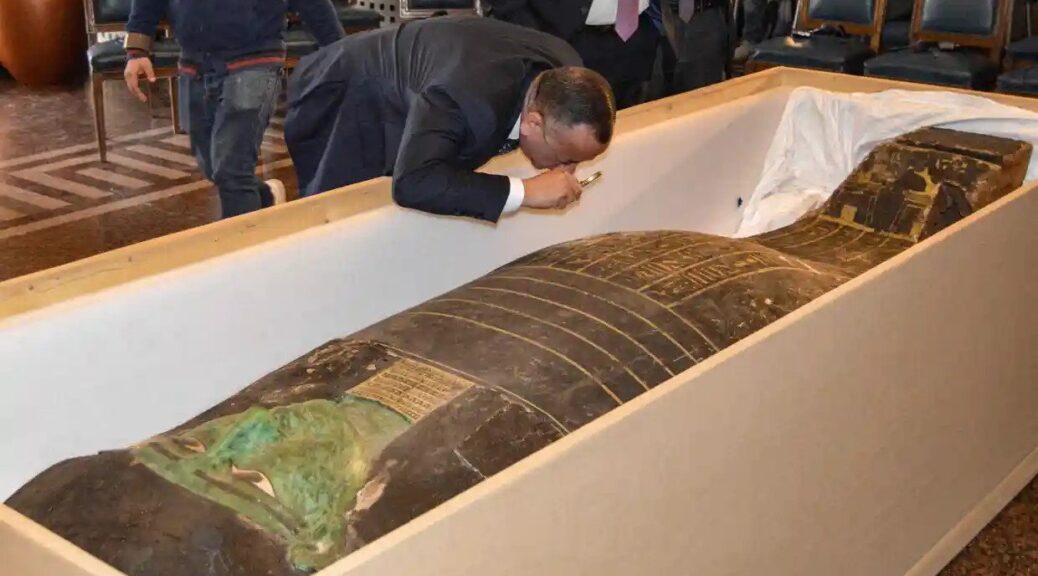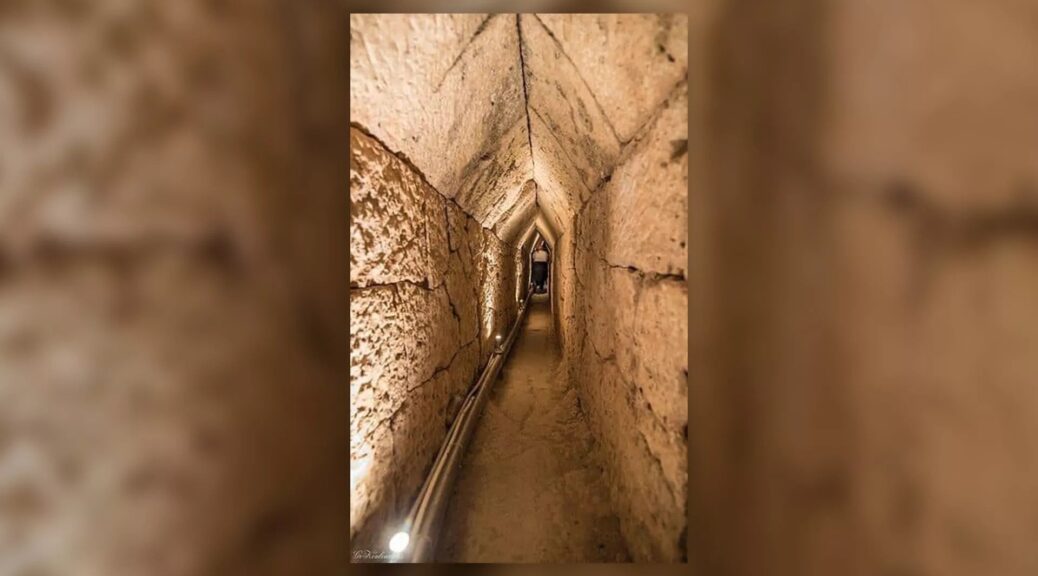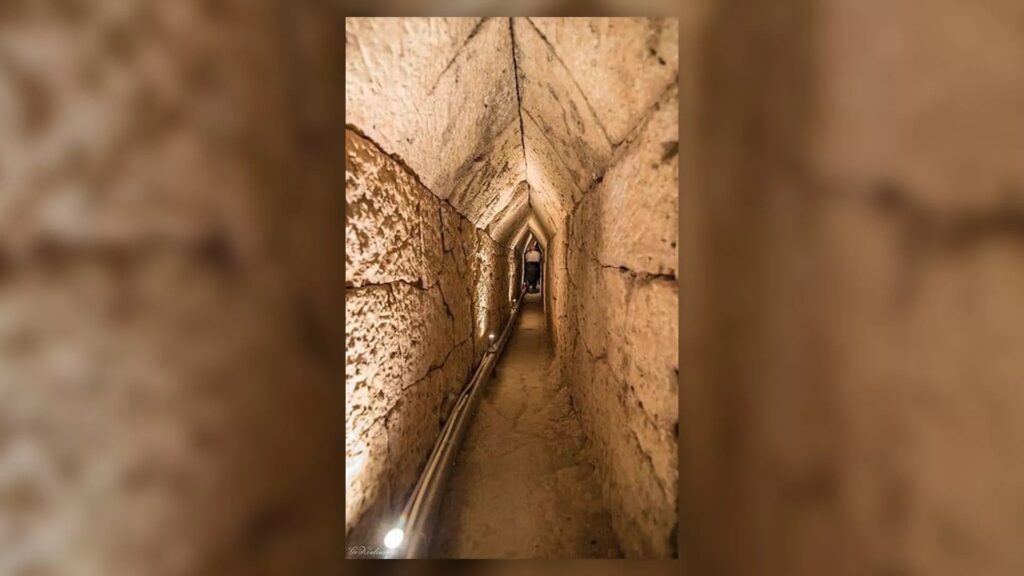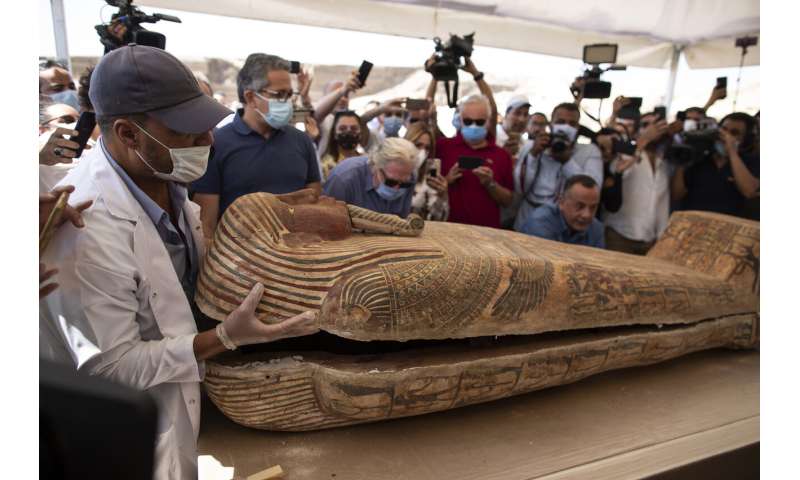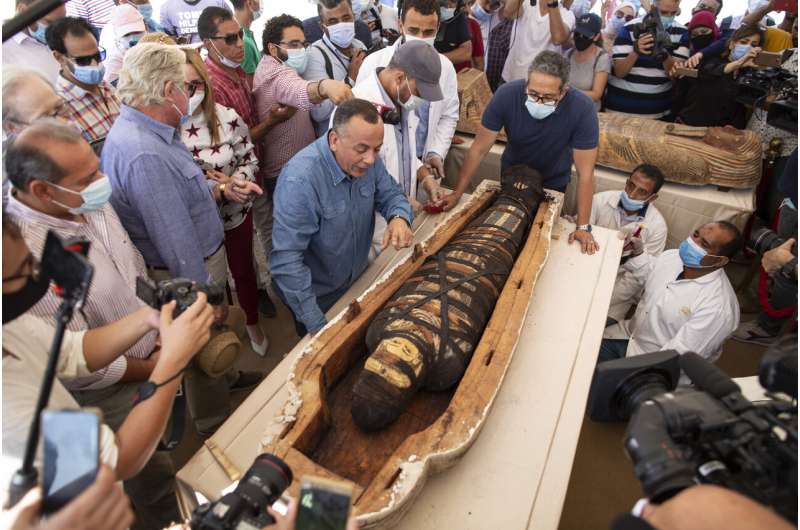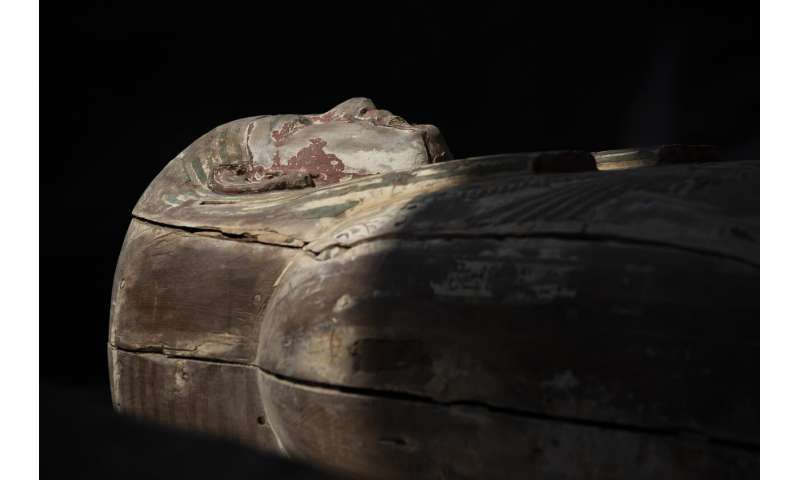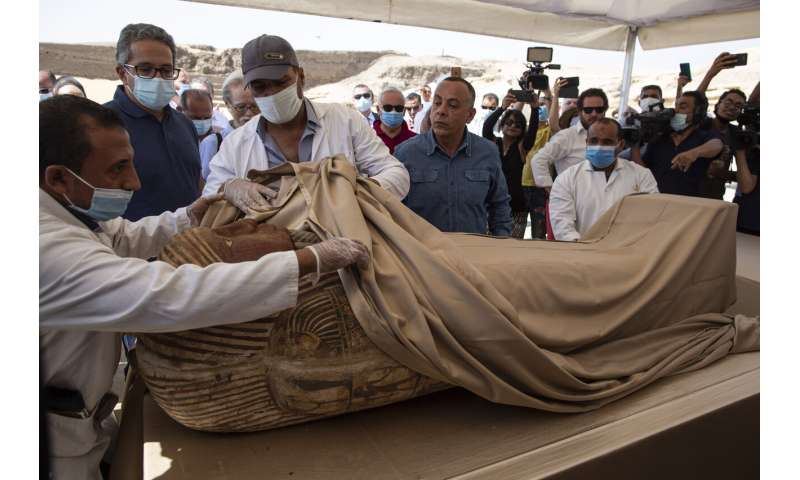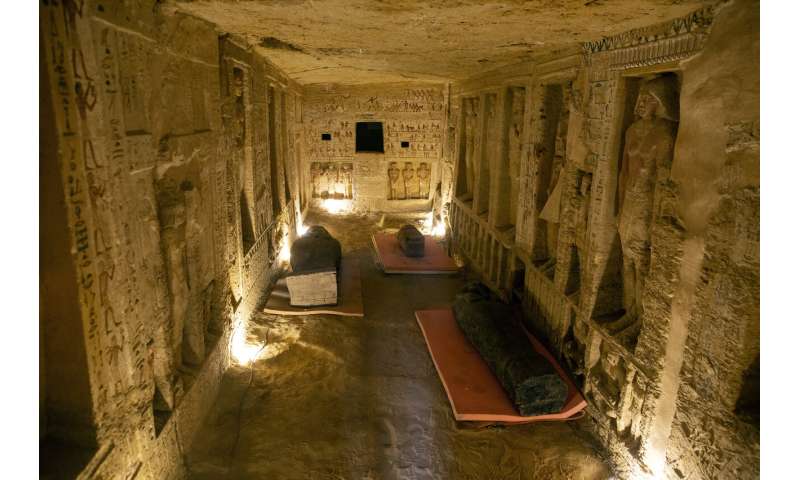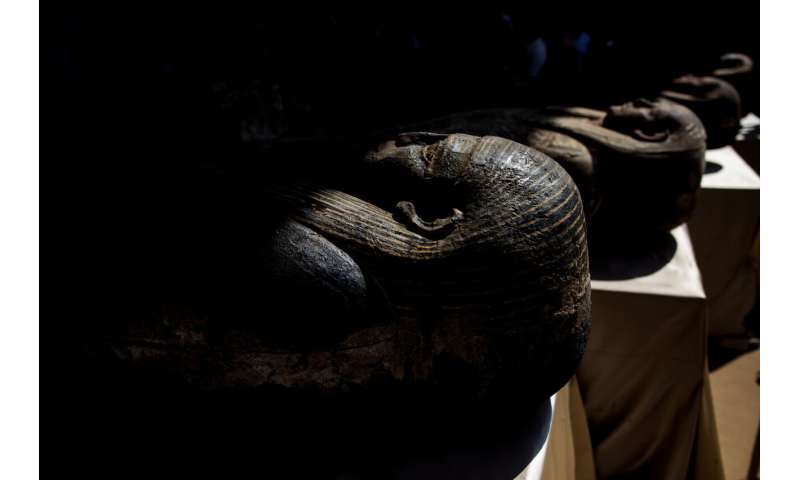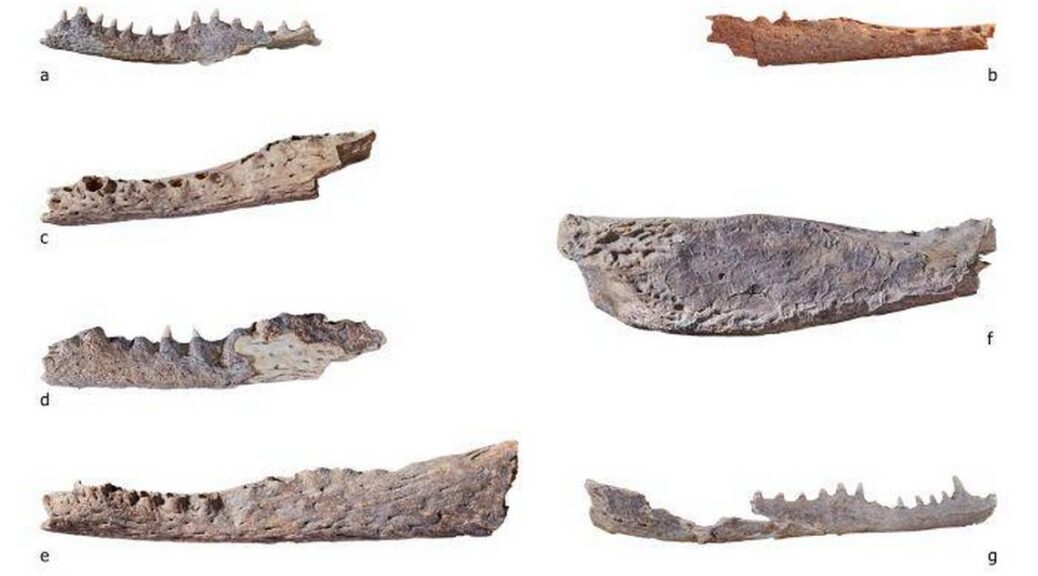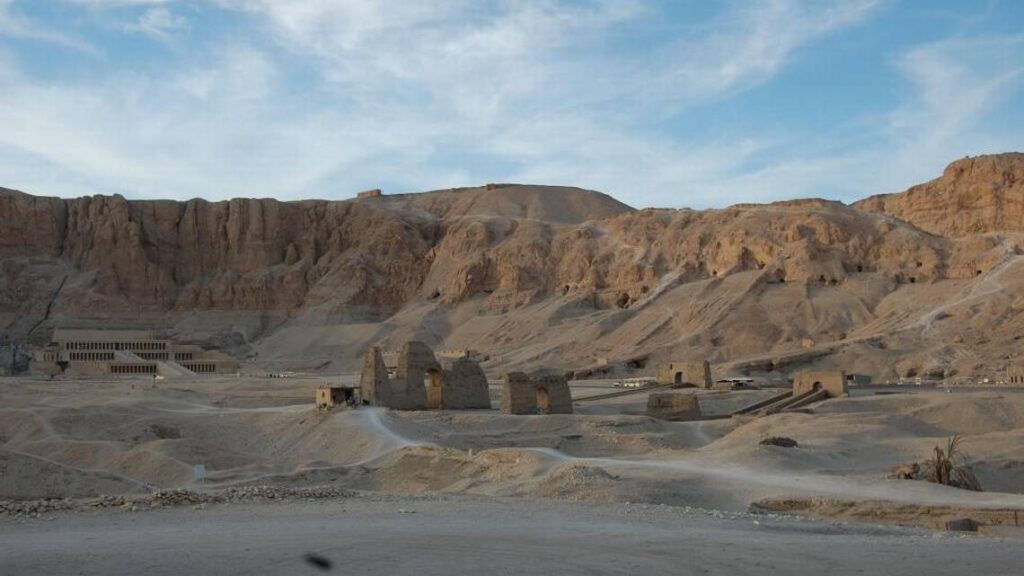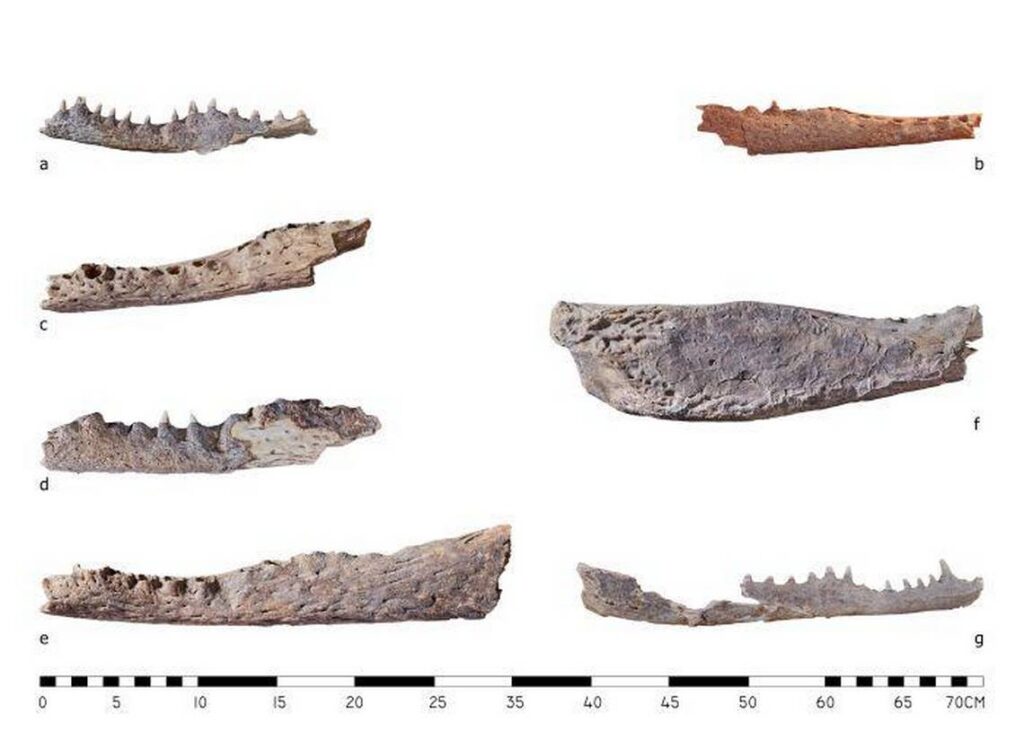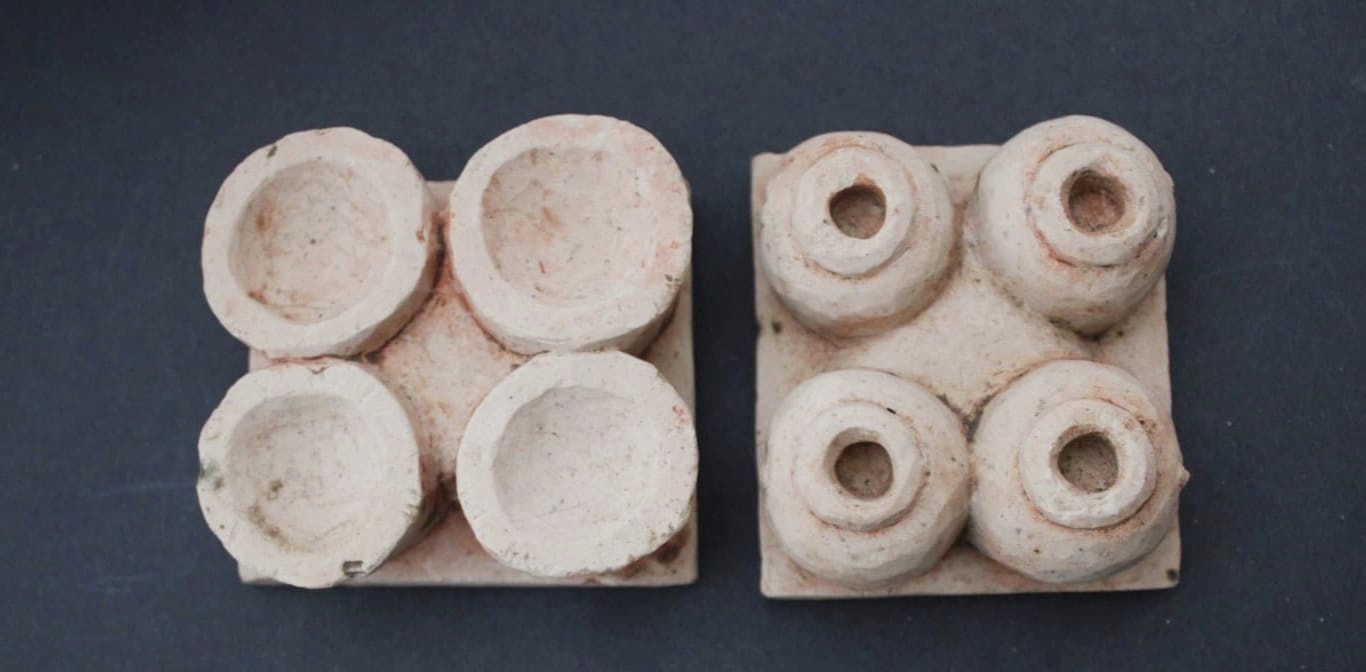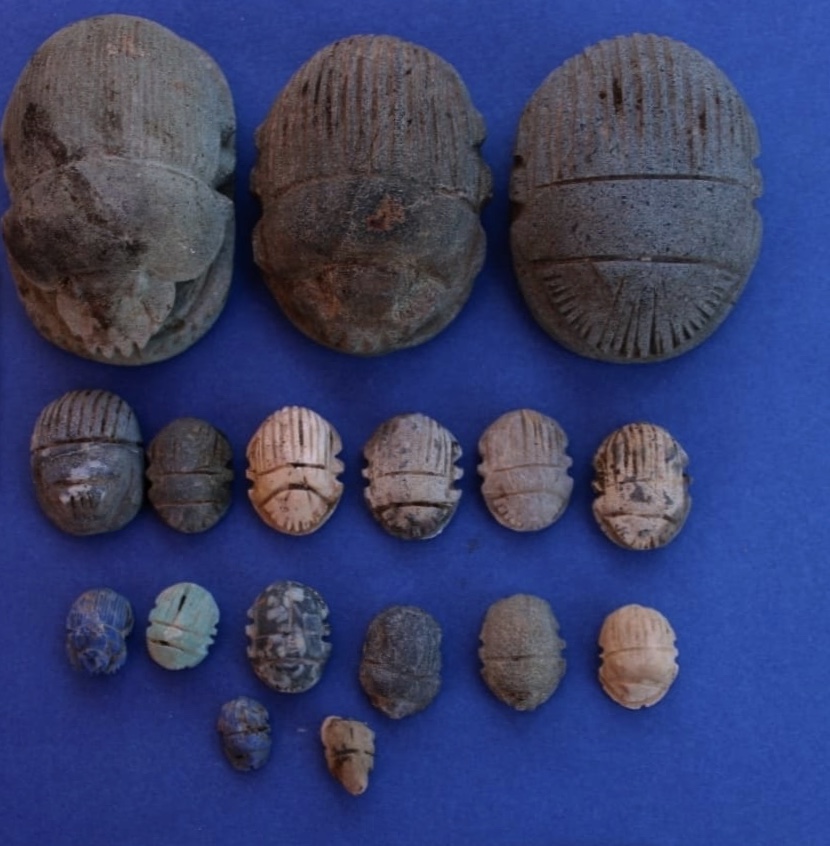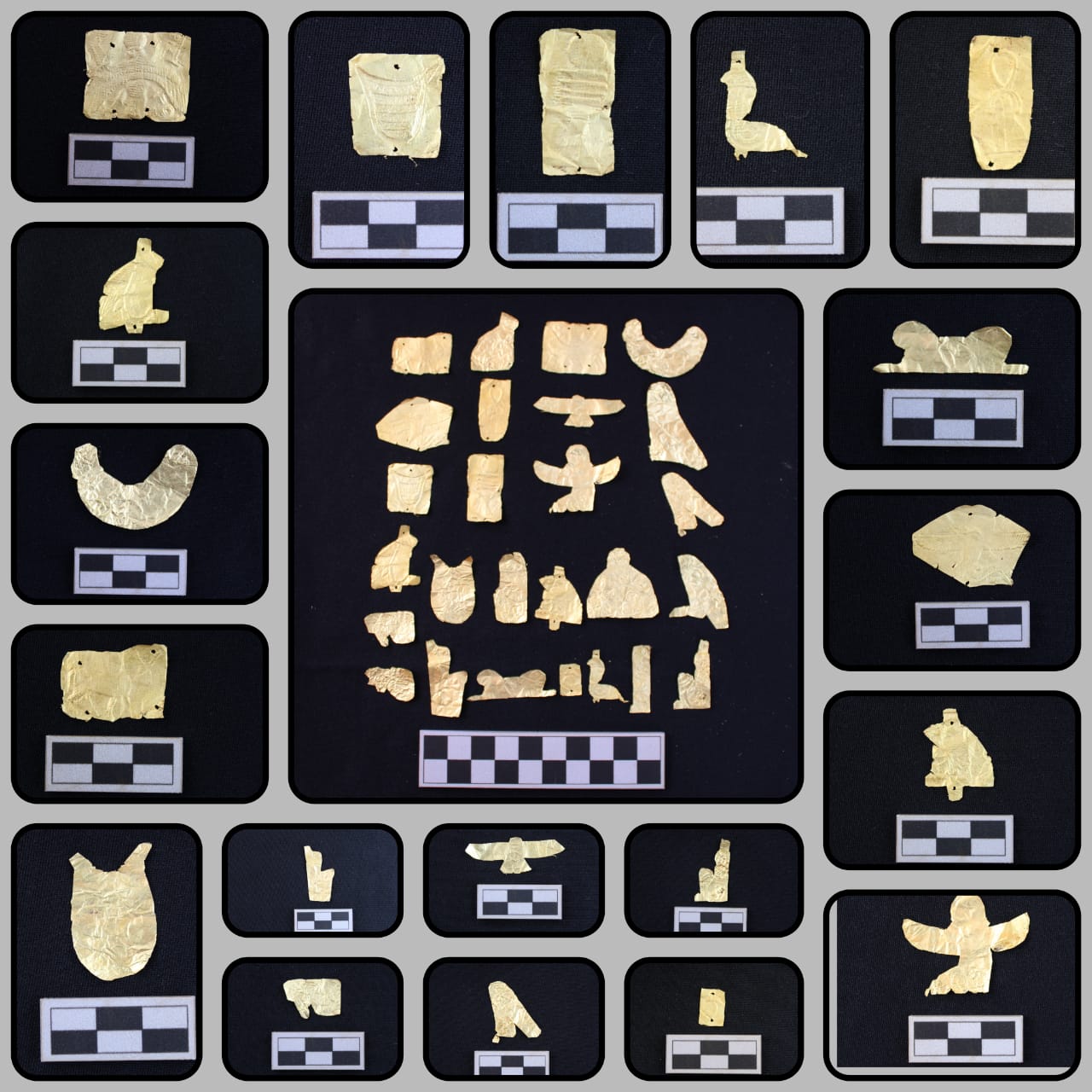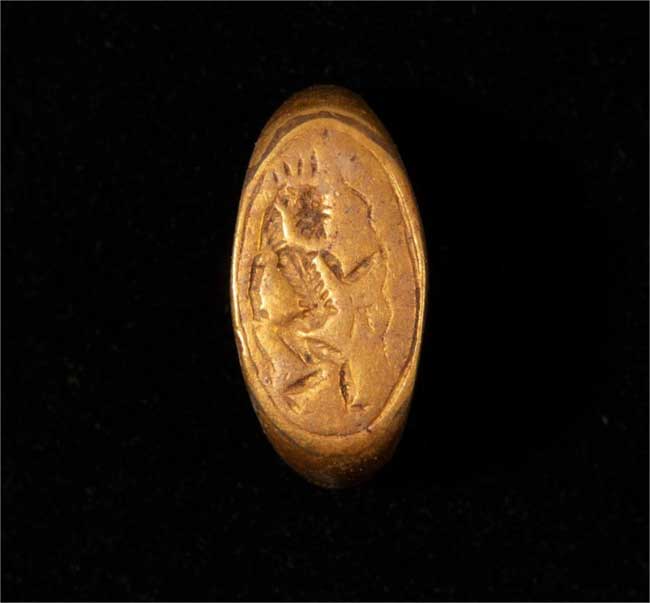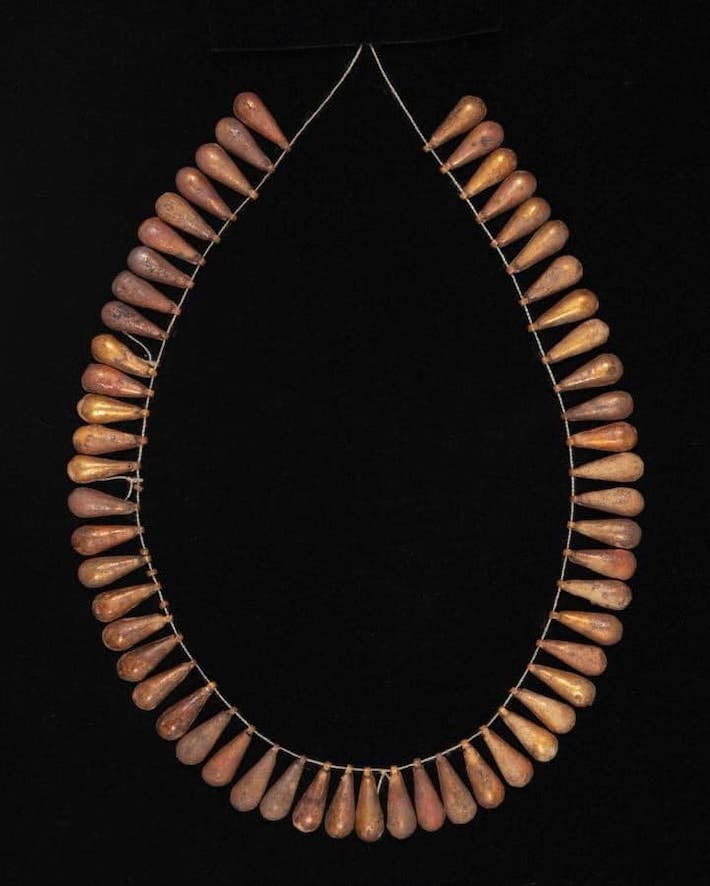U.S. Museum Repatriates Sarcophagus to Egypt
An ancient wooden sarcophagus that was displayed at the Houston Museum of Natural Science has been returned to Egypt after US authorities determined it was looted years ago.
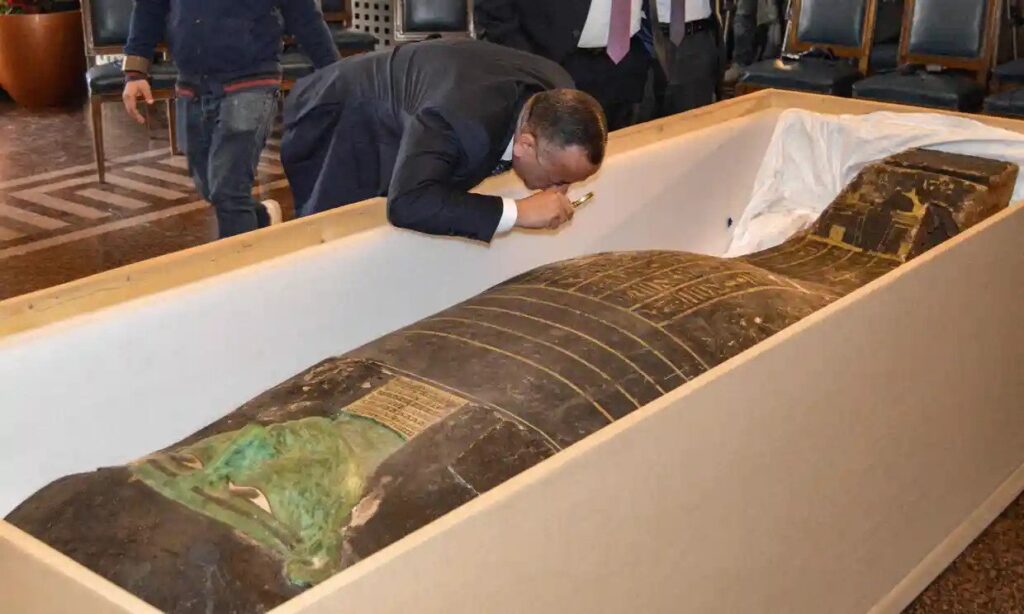
The repatriation was part of Egyptian government efforts to stop the trafficking of its stolen antiquities. In 2021, authorities in Cairo succeeded in getting 5,300 stolen artefacts returned to Egypt from across the world.
Mostafa Waziri, the top official at the Supreme Council of Antiquities, said the sarcophagus dates back to the late dynastic period of ancient Egypt, an era that spanned the last of the Pharaonic rulers from 664BC until Alexander the Great’s campaign in 332BC.
The sarcophagus, almost 3 metres (9.5 ft) tall with a brightly painted top surface, may have belonged to an ancient priest named Ankhenmaat, though some of the inscription on it has been erased, Waziri said.
It was symbolically handed over at a ceremony on Monday in Cairo by Daniel Rubinstein, the US chargé d’affaires in Egypt.
The handover came more than three months after the Manhattan district attorney’s office determined the sarcophagus was looted from Abu Sir Necropolis, north of Cairo.
It was smuggled through Germany into the US in 2008, according to Manhattan district attorney Alvin L Bragg.
“This stunning coffin was trafficked by a well-organised network that has looted countless antiquities from the region,” Bragg said at the time. “We are pleased that this object will be returned to Egypt, where it rightfully belongs.”
Bragg said the same network had smuggled a gilded coffin out of Egypt that was featured at New York’s Metropolitan Museum.
The Met bought the piece from a Paris art dealer in 2017 for about $4m (£3.35). It was returned to Egypt in 2019.
